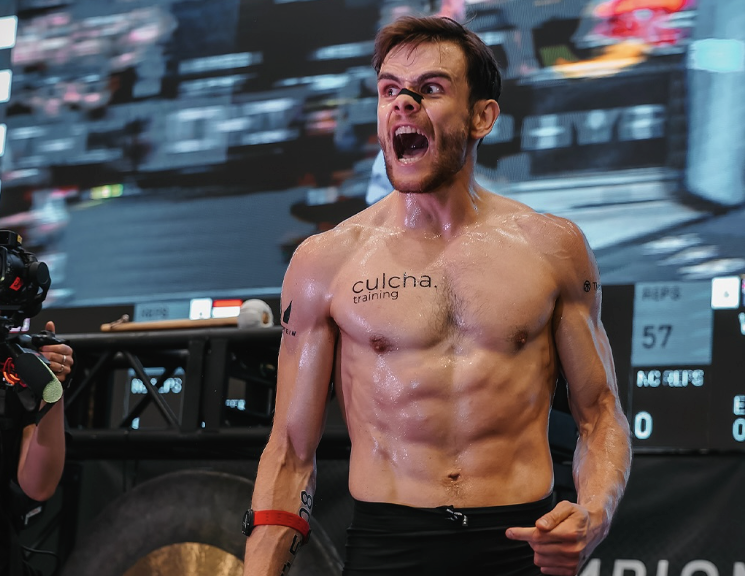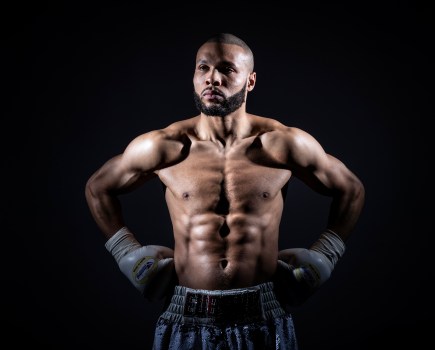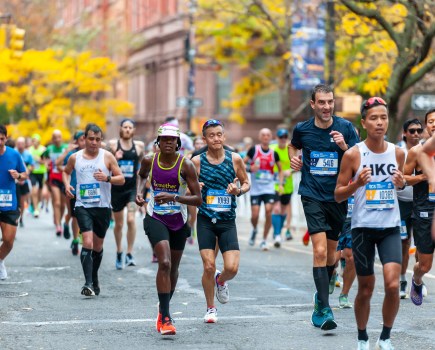HYROX World Champion Tim Wenisch shares his thoughts about his 2025 winning performance, his splits, his training and what the future holds
Tim Wenisch might have surprised a few people when he flew to victory at this year’s HYROX World Championships in Chicago. With a rapid time of 53:53, he pipped Hunter McIntyre by five seconds, claiming first place in the men’s Elite 15 category.
He surprised many, but not himself. The German athlete had got himself into his best-ever shape and knew a strong performance was on the cards. Men’s Fitness caught up with him after a whirlwind few weeks enjoying his new-found status as the best HYROX athlete in the world.
Men’s Fitness: Morning Tim. Obviously huge congratulations on the win in Chicago. Has life changed for you since you won the title?
Tim Wenisch: Thank you very much and for the congratulations. It’s been amazing; it’s felt quite, quite unreal. Of course, I’m the same person I was before but I received a lot of messages, did a lot of interviews and podcasts and events with sponsors. It really was very busy!
MF: Did you have a feeling that you would be competitive at the sharp end? Did you know in your mind what sort of time you could or would achieve?
TW: Before the event, I was in my best ever shape. I’d had a perfect 10-week training block. Certainly, my confidence was high. I’d had to pass on the previous two World Championships (2023 and 2024), one because of a blood clot and the other because of a hip injury. So I was really looking forward to it.
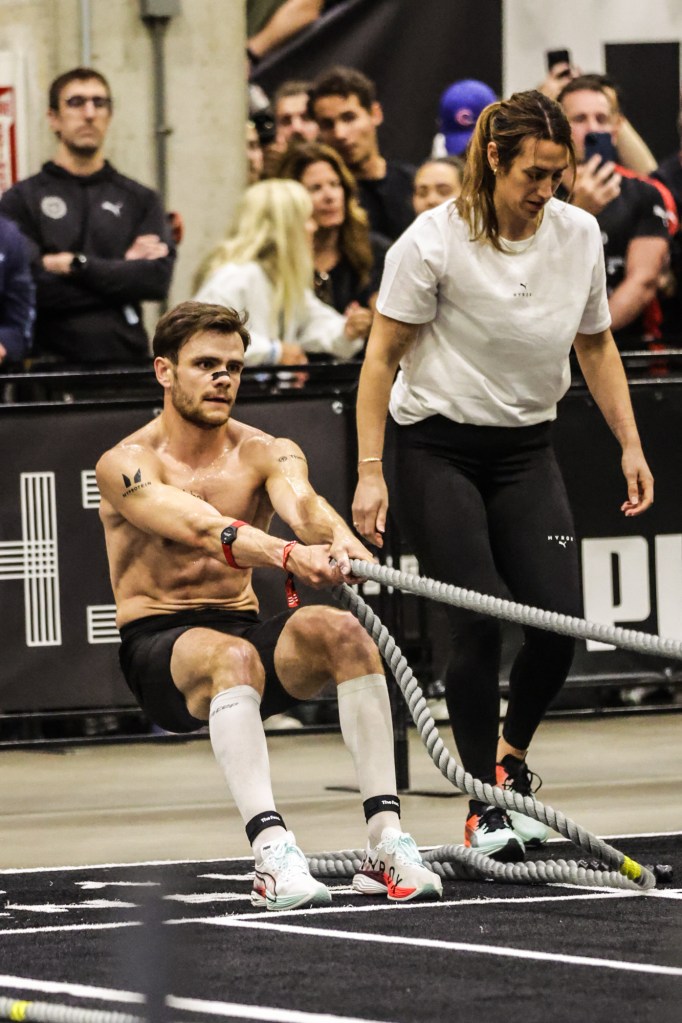
MF: You used to be a middle-distance runner. Do you still focus your run training in the same way?
TW: My running is based on a middle-distance training style. My philosophy is that I always want to get faster and faster, and the only way [to do that] is to get faster speed over shorter distances like 800m. I always mix my training between short intervals and threshold intervals. In my opinion to be the fastest version of yourself, it’s important that you have a good mix between each interval type in your training.
MF: And, with Hyrox, the better your running, in effect the easier the exercise stations will be.
TW: Yes, that that’s right. Of course, threshold pace is really important in HYROX. But, in order to get a faster threshold pace, you need to be faster in distances below threshold. You need to work your anaerobic system to improve your aerobic capacity. You can’t just run at threshold all the time.
MF: You did your first HYROX in Hamburg in 2018 with no specific HYROX training. Was that an eye-opener?
TW: At that time, the event was called Curox. My first time was really, really tough, because I did it with virtually no HYROX style of training. In 2018, no gym was kitted out the machines you needed to train specifically. It was a tough but great experience and I’ve been doing it ever since and have loved the way I now train.
MF: Is there such a thing as a typical training day?
TW: I don’t really have a typical training day; I have a typical training week. I work my works around the principle of high days and low days. So, Monday is a low day, Tuesday is a high day, and so on. I would typically do 13 sessions a week, including a long run on the Sunday. A high day, for example, would be strength training for the legs and, in the afternoon, I would do a threshold running session on heavy legs. A low day might be easy erg day, for example 1k ski, 1k row, 5 minutes bike for 90 minutes continuously or an easy run in Zone 2.
MF: What about HYROX-specific training? Do you do race simulations in your training?
TW: It really depends on where I am in my training cycle. It’s currently July and my next race will be in October, so I won’t do any Hyrox-specific sim-style workouts (compromised running). As the competition gets closer, I implement more compromised running but I don’t do sims very often at all.
MF: Your erg results (ski and row) were the best and second best in Chicago. Is this something you focus on specifically in training?
TW: For the ski erg, for example, I live near the Alps so I still a lot of cross-country skiing, which is a similar technique. This gives me an advantage, I think. I’m focusing on just doing hard intervals on the ski erg to have that pace in my rhythm. My training is focused on being near to the lead after the ski erg so I train at various paces so my heart-rate will adapt.
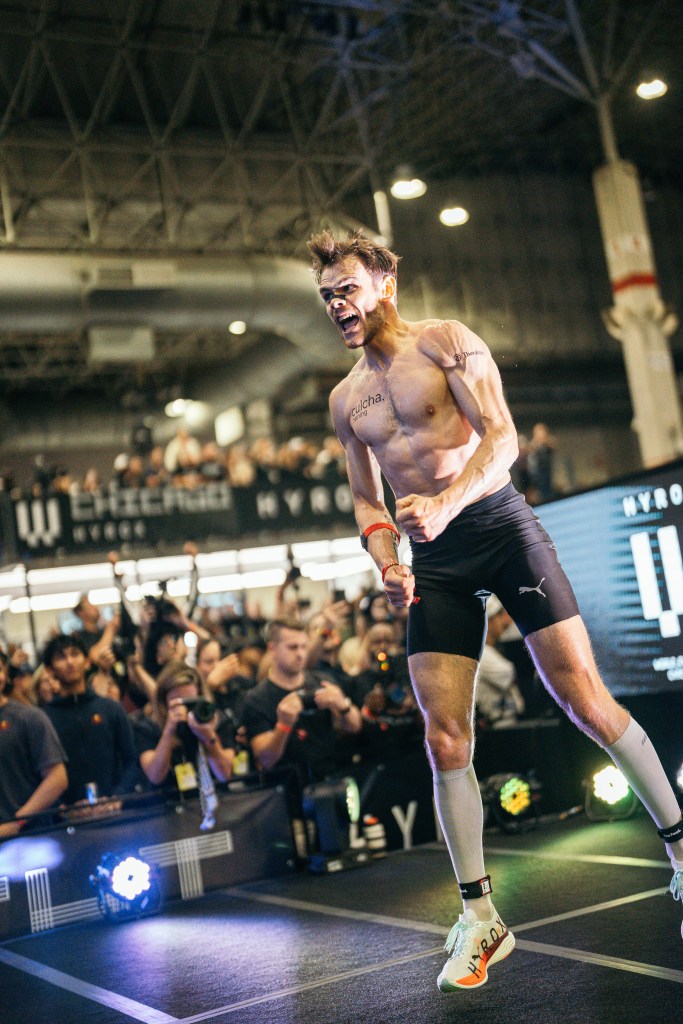
MF: Which is your least favourite event in terms of the exercises?
TW: Wall balls, for sure. I definitely need to work on my relationship with them. I know it’s a weaker area for me and I need to do it unbroken [100 straight off, no break] to be 100% sure of being at my competitive best in October in Hamburg. I know that I’ll get there but I need to work on it. My goal is to qualify for Stockholm in the October event.
MF: And what’s your plan for now?
TW: I’ve learned a lot reflecting on my performances during the off season. One of the key things I’ve learned is that sometimes it’s good to take some steps back to make more forward progress. This year, it was my first race season in three years in which I was pain-free. I’m super-confident that my fitness is much better than last year and I’m really confident that, with style of training and the progress I’ve made in the last season, I can still make a big step forward. I also like the fact that the level of competition in HYROX is getting stronger and stronger; I like the pressure from the other athletes to continue to push more and more to stay on top.
• Tim Wenisch is a PUMA ambassador
Tim Wenisch’s HYROX Chicago Split Times
- Run 1: 00:03:58
- 1,000m SkiErg: 00:03:44 (2nd place)
- Run 2: 00:03:24
- 50m Sled Push: 00:02:15 (3rd place)
- Run 3: 00:03:40
- 50m Sled Pull: 00:03:40 (7th place)
- Run 4: 00:03:53
- 80m Burpee Broad Jump: 00:02:40 (3rd place)
- Run 5: 00:03:54
- 1,000m Row: 00:03:50 (1st place)
- Run 6: 00:03:36
- 200m Farmers Carry: 00:01:40 (10th place)
- Run 7: 00:03:59
- 100m Sandbag Lunges: 00:03:07 (1st place)
- Run 8: 00:02:45
- Wall Balls: 00:03:57

